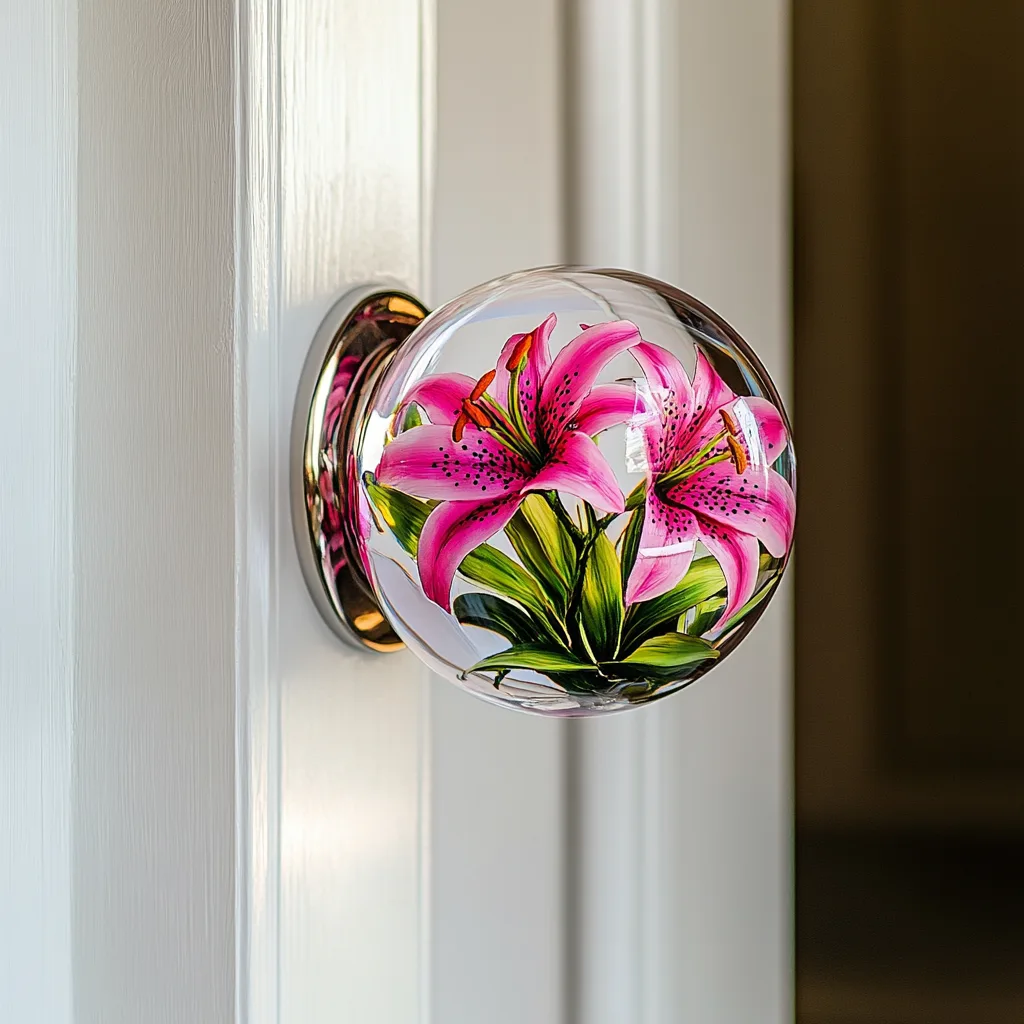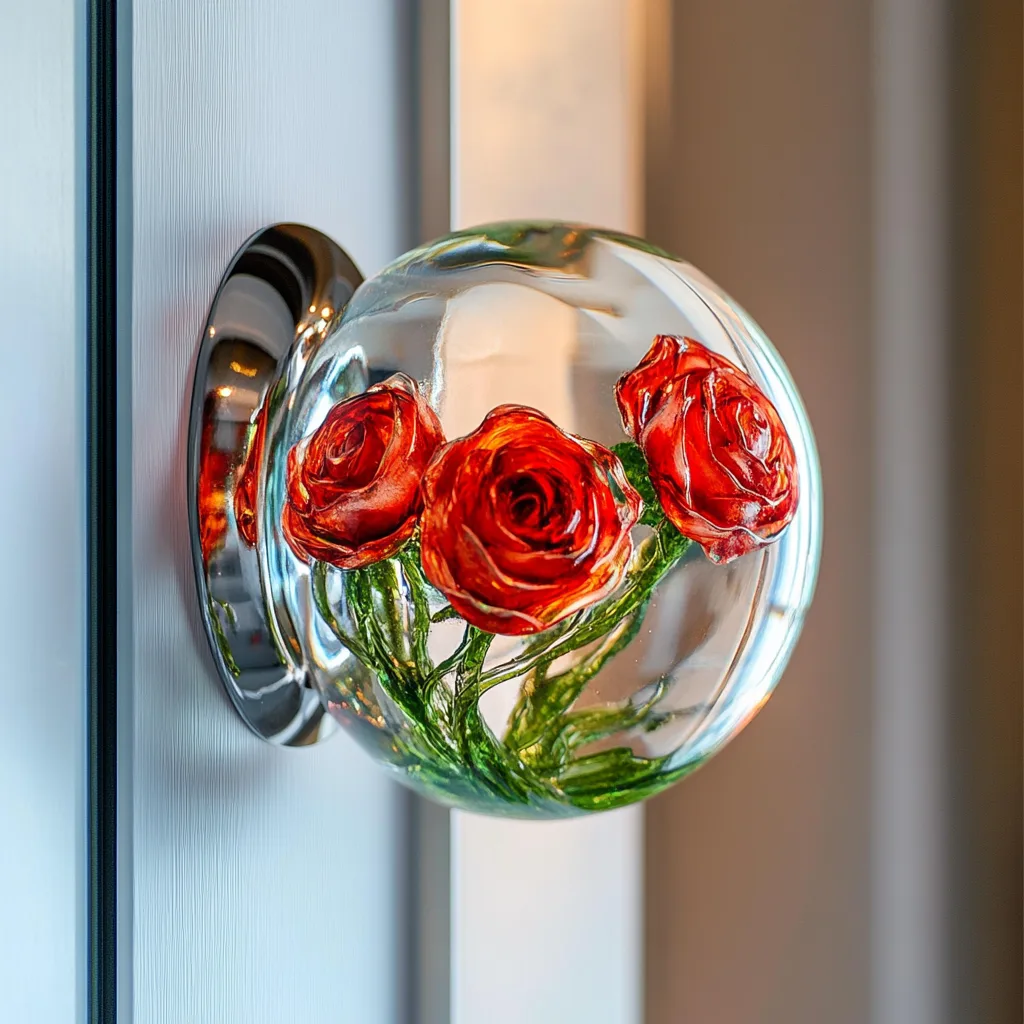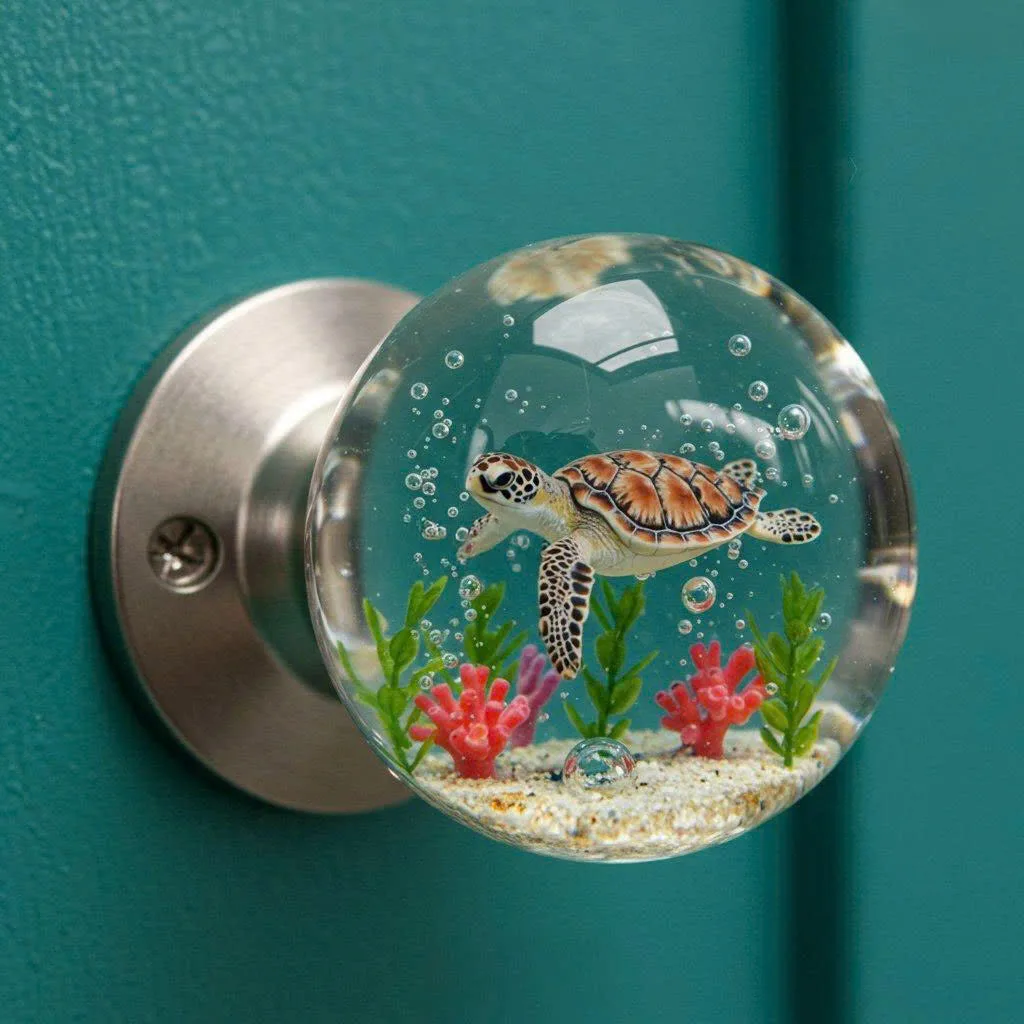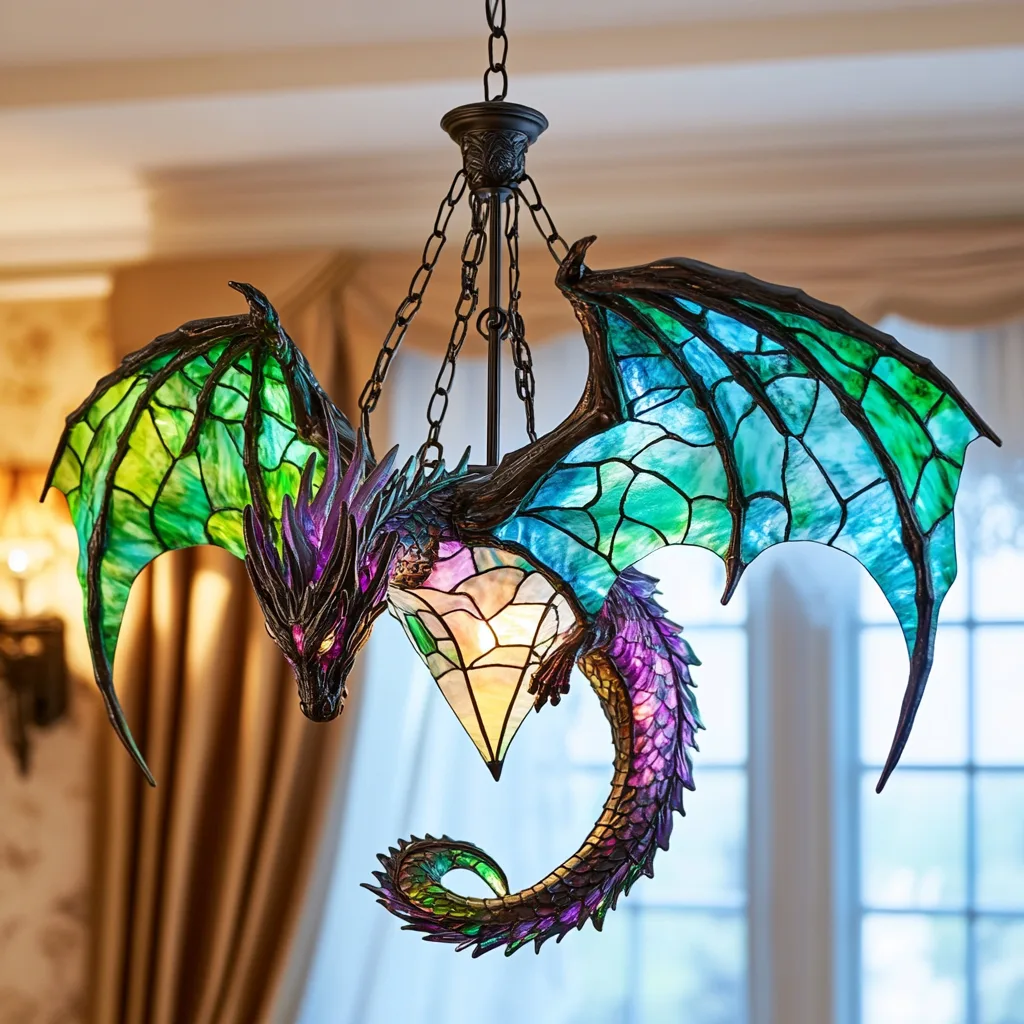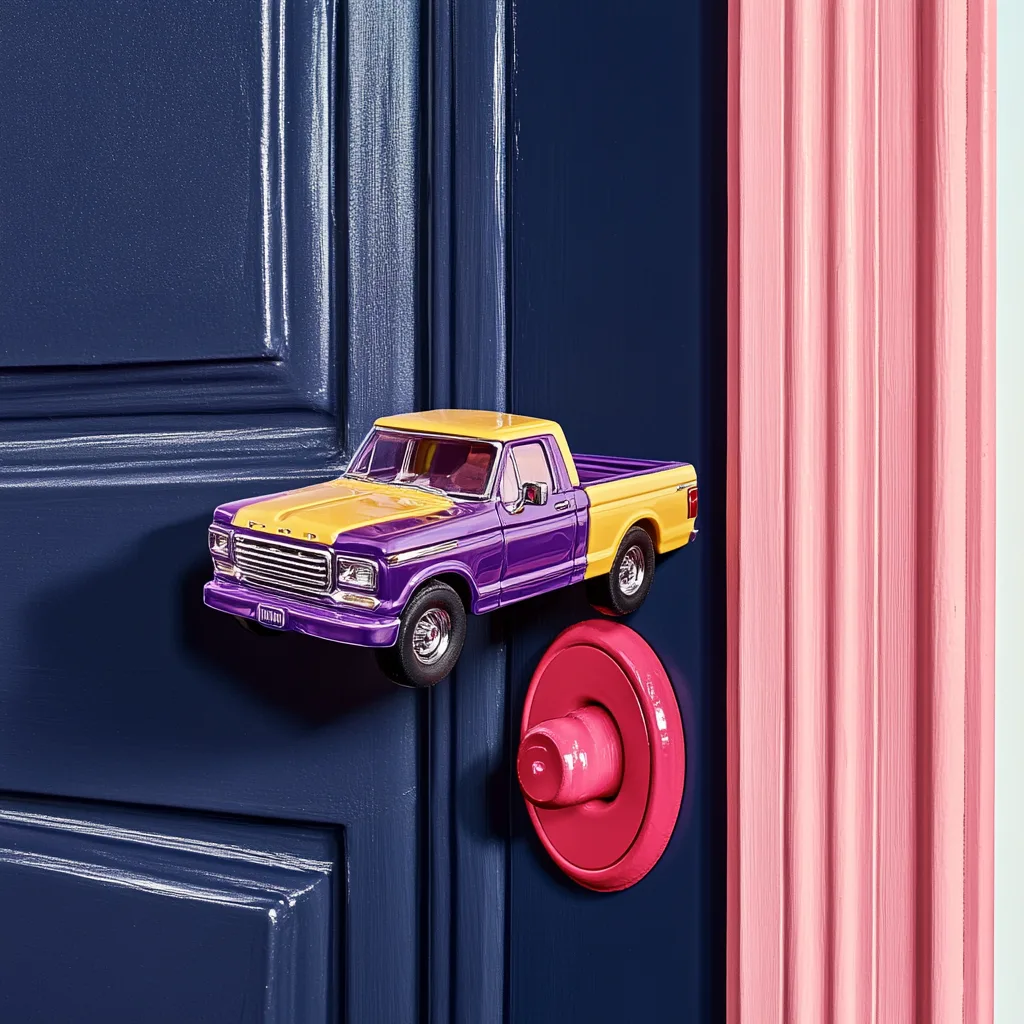Contents
- 1 Turning the Ordinary Into Botanical Art
- 2 Where Petals Meet Practicality
- 2.1 The Origin of Epoxy Flower Doorknobs
- 2.2 Design Elements of Epoxy Flower Doorknobs
- 2.3 The Making of an Epoxy Flower Doorknob
- 2.4 Popular Styles and Themes
- 2.5 Where to Use Epoxy Flower Doorknobs
- 2.6 The Appeal Beyond Beauty
- 2.7 Maintenance and Durability
- 2.8 Pairing with Interior Styles
- 2.9 A Growing Market
- 3 Blooming in the Details
Turning the Ordinary Into Botanical Art
In the world of interior design, even the smallest details have the power to transform a space. One such overlooked yet wildly expressive detail? The humble doorknob. But when you infuse it with creativity, color, and organic elegance — you get something extraordinary: Epoxy Flower Doorknobs.
These handcrafted masterpieces aren’t just hardware; they’re miniature gardens encased in resin, greeting every hand with a burst of botanical beauty. Epoxy flower doorknobs are where functionality meets floral charm — seamlessly combining art, craft, and everyday utility into one twistable piece of joy.
Perfect for romantic interiors, nature-inspired homes, whimsical nurseries, or eclectic apartments, epoxy flower doorknobs are redefining what it means to make a first impression. In this article, we’ll explore the artistry, design, creation, and impact of these enchanting fixtures — and why they’ve become such a captivating trend in modern design circles.
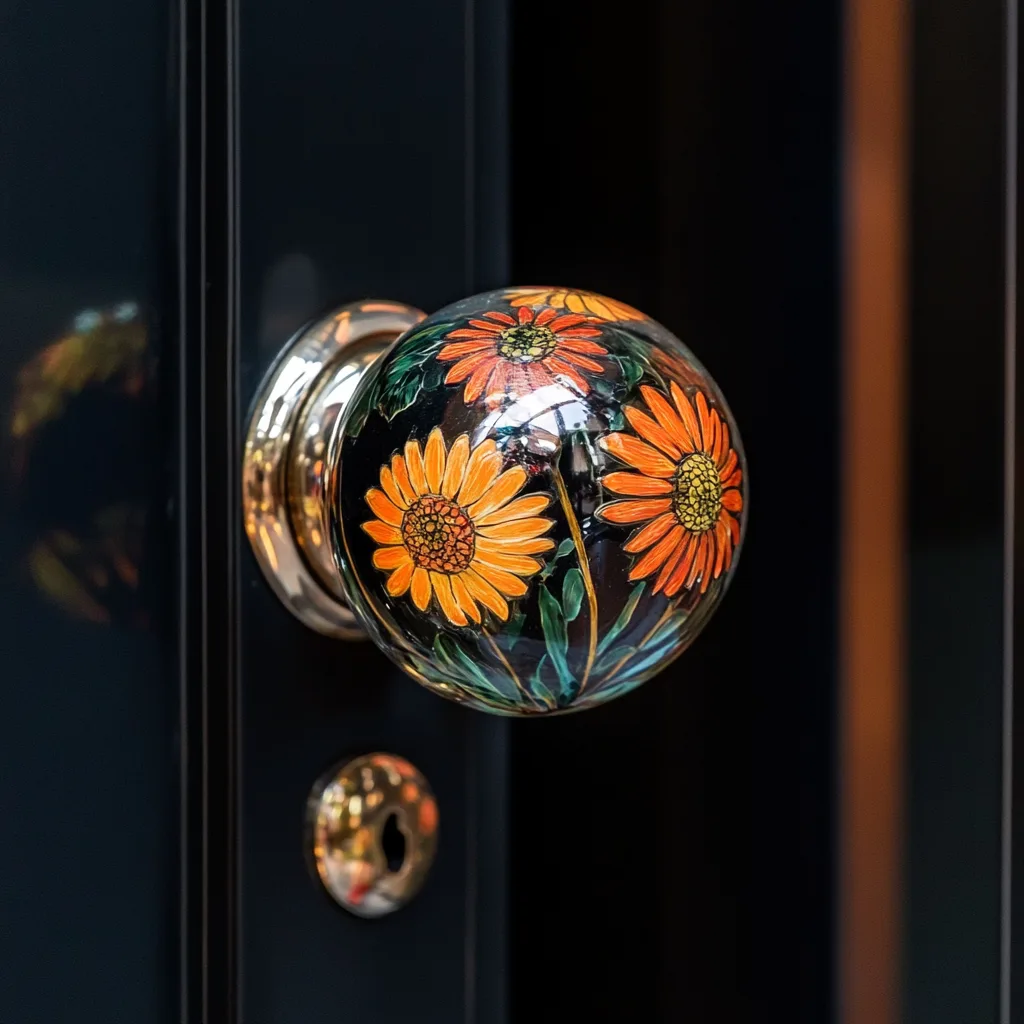
Where Petals Meet Practicality
The Origin of Epoxy Flower Doorknobs
Blossoms Sealed in Time
Epoxy resin art began as a way for crafters and artists to preserve natural materials — leaves, feathers, stones, and especially flowers. The idea of capturing organic elements in crystal-clear resin gave way to jewelry, trays, and eventually, home hardware. Enter the epoxy flower doorknob.
The goal? Preserve a real, delicate flower — in full bloom — within a crystal-clear sphere or dome of resin. The result is a doorknob that looks like it was plucked from a meadow and frozen in time.
Craft Meets Interior Design
What started as a niche artisan craft quickly found its way into upscale homes and boutique design catalogs. With the resurgence of cottagecore, boho-chic, and vintage revival aesthetics, these nature-infused accessories became more than decorative—they became central style statements.
Design Elements of Epoxy Flower Doorknobs
Floral Inclusions
- Real Dried Flowers – The heart of every epoxy flower doorknob is its floral centerpiece. These may include daisies, baby’s breath, lavender, pansies, forget-me-nots, or wildflowers.
- Color Coordination – Flowers are carefully selected for hue and size, matched with interior color palettes or themes.
- Single Bloom or Bouquet – Some knobs feature a single bold bloom, while others showcase miniature bouquets.
Resin Dome or Crystal Sphere
- Clear, Tinted, or Frosted – Most designs use transparent resin, but some opt for subtle tints in rose, smoke, or sky blue.
- Glossy or Matte Finish – A polished look offers a more luxurious feel, while matte gives a soft, hand-crafted aesthetic.
Embedded Accents
- Gold Flakes or Metallic Leaf – To elevate the natural charm, many crafters embed shimmering flecks.
- Pressed Leaves and Ferns – These add texture and depth behind the floral centerpiece.
Knob Base Styles
- Brass, Bronze, or Black Hardware – The backing and attachment hardware come in a variety of finishes.
- Vintage Glass Cuts – Some designs resemble antique glass knobs but with the floral addition inside.
- Modern Minimalist Shapes – Others keep the resin shape spherical, letting the flower do all the talking.
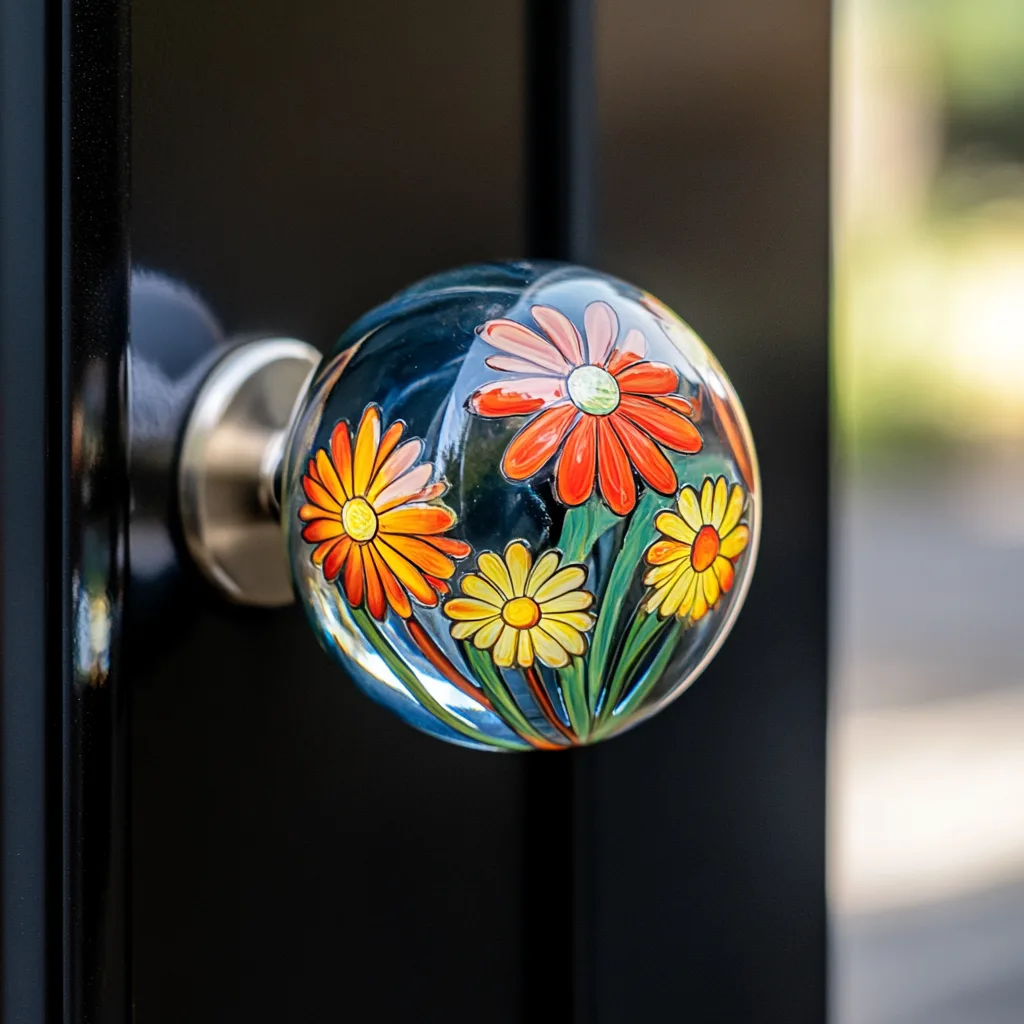
The Making of an Epoxy Flower Doorknob
Step 1: Selecting and Drying Flowers
Not just any flower will do. The best results come from thin-petaled blooms that press and dry well without losing shape. Flower drying can take weeks, using silica gel or pressing methods.
Step 2: Preparing the Mold
Molds are typically made from silicone, shaped in domes, spheres, or ovals. The mold determines the final size and curve of the knob.
Step 3: Layering the Epoxy
- First Pour – A thin layer of resin is poured to set the base.
- Flower Placement – Once slightly cured, flowers are gently set in place using tweezers.
- Second Pour – More resin is added to encase the flowers fully, eliminating air bubbles and securing their position.
Step 4: Curing and Polishing
After curing for 24–48 hours, the knob is demolded. Polishing and buffing remove any cloudy film, giving the surface its crystal clarity.
Step 5: Hardware Attachment
The resin dome is secured to metal hardware bases using industrial adhesives or embedded screw threads, ensuring both durability and usability.
Popular Styles and Themes
Romantic and Vintage
Soft pink roses, lilac buds, and gold flecks create a doorknob that belongs in a Jane Austen novel. These work beautifully in bedrooms, boudoirs, or romantic home libraries.
Wild Meadow Aesthetic
Mixed wildflowers, buttercups, and mini daisies bring the outside in. A perfect match for country cottages or homes with lots of natural light.
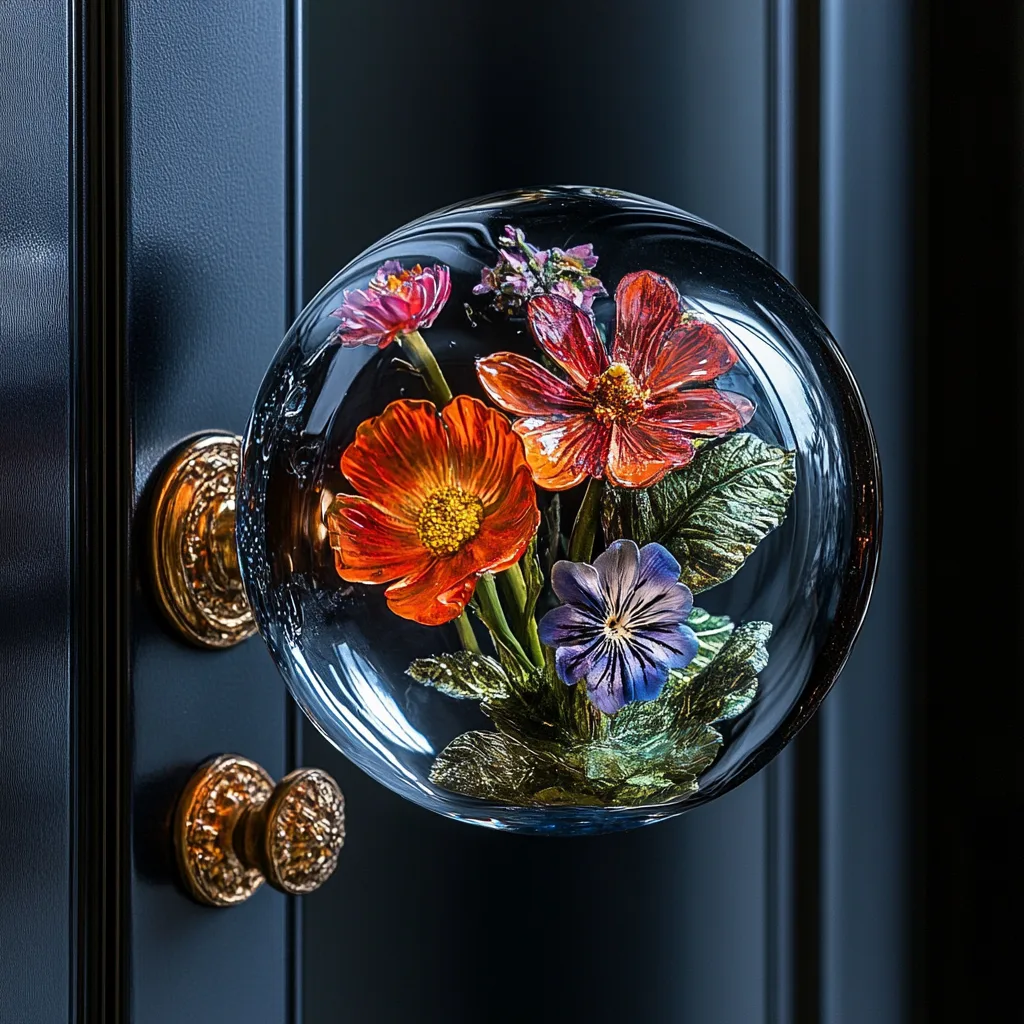
Minimalist Nature
Single dried pampas or muted white flowers in clear resin domes paired with matte black bases are subtle yet striking.
Fairy Garden Magic
Tiny mushrooms, mossy bits, and violets create enchanted forest vibes. Ideal for children’s rooms, fantasy-inspired homes, or anyone who lives with whimsy.
Where to Use Epoxy Flower Doorknobs
Bedroom Doors
Bring softness and serenity to your personal sanctuary. Epoxy flower doorknobs make every entry feel like a petal-strewn path.
Bathroom Cabinets
Pair them with floral wallpaper or vintage tile for a cohesive, nature-kissed bathroom retreat.
Kitchen Drawers
For a botanical kitchen, swap standard hardware with these floral creations and let the garden theme blossom.
Nurseries
They add a soft, nurturing touch — perfect for new parents who want a dreamy, soothing space.
Closet and Wardrobe Handles
Turn your wardrobe into a literal bouquet of fashion with flower-embedded knobs.
The Appeal Beyond Beauty
Emotional Connection
Many artisans offer custom floral preservation, where customers can send flowers from weddings, funerals, or birthdays to be turned into personalized knobs — keeping memories alive in the most tangible way.
Eco-Friendly and Handmade
Most epoxy flower doorknobs are handmade, supporting small businesses and promoting slow, intentional design. Many artists also use non-toxic resins and locally sourced flowers.
Conversation Starters
Guests are instantly drawn to the tiny universe inside each knob — prompting admiration, questions, and compliments every time someone opens a door.
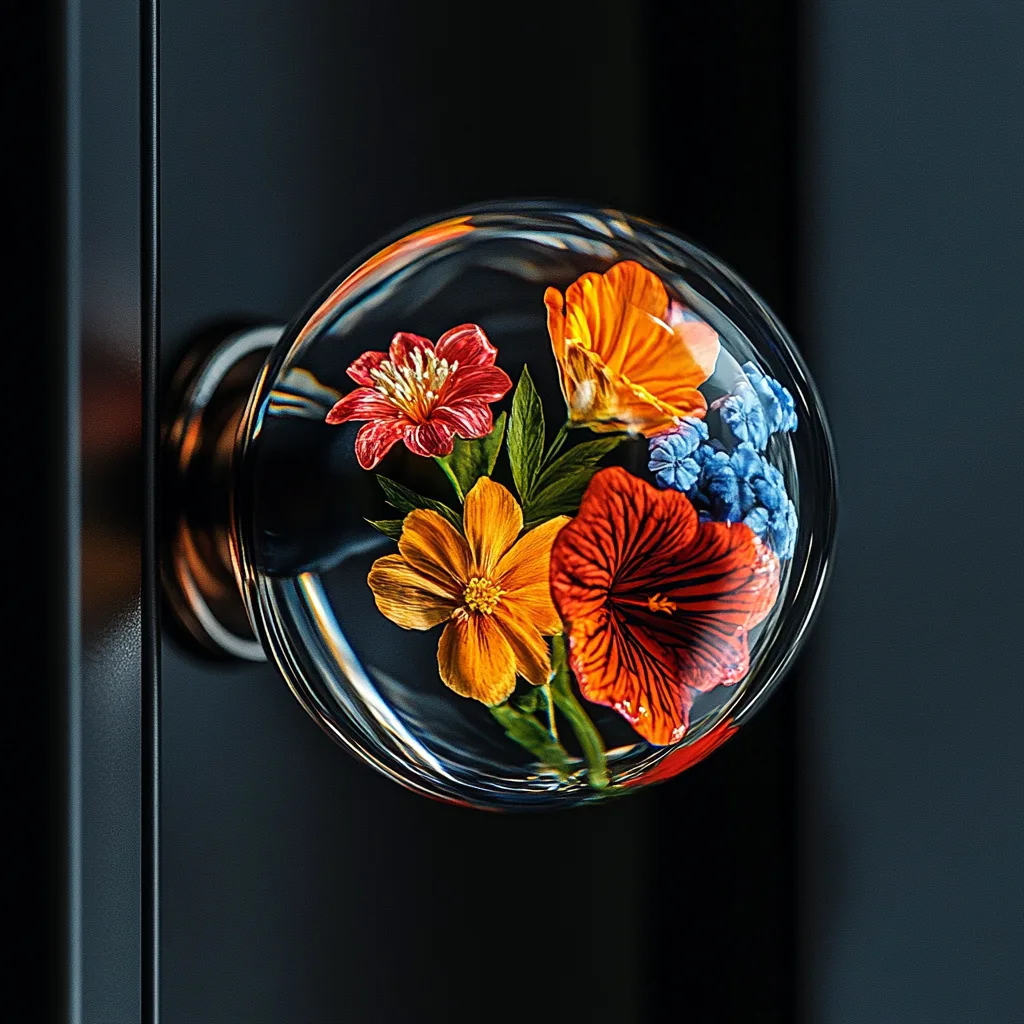
Maintenance and Durability
- Water-Resistant – Cured epoxy is waterproof, perfect for bathroom use.
- Scratch-Resistant Coating – Many crafters finish their pieces with a UV-protectant clear coat to prevent yellowing or scratching.
- Cleaning Tips – Use a soft cloth and mild soap. Avoid abrasive scrubbers or alcohol-based cleaners.
Pairing with Interior Styles
Boho-Chic
Layered textures, macramé, earthy tones, and wood furniture get an added lift from floral epoxy doorknobs in bright, carefree colors.
Cottagecore
Perfectly complements soft pastels, cozy linens, and antique décor.
Modern Eclectic
Use bold, jewel-toned flowers and high-contrast hardware to punctuate clean lines and vibrant spaces.
Vintage Glam
Choose gold-leaf accents and old-world blooms like peonies or camellias in large-cut crystal-style domes.
A Growing Market
The popularity of epoxy flower doorknobs has spawned entire Etsy shops, Instagram boutiques, and craft fair trends. With customization available and limitless style variations, they continue to gain ground as a must-have home accessory for design lovers.
Blooming in the Details
Epoxy Flower Doorknobs remind us that beauty isn’t just in grand gestures or large furniture pieces — it’s in the small, thoughtful moments. Like turning a doorknob and seeing a perfectly preserved flower looking back at you.
They invite us to slow down, to appreciate nature, and to infuse art into even the most mundane parts of our day. Whether you’re creating a floral fantasy in your home or simply adding a special touch to a beloved piece of furniture, these delicate resin wonders prove that the smallest things can have the biggest impact.
So go ahead — turn the knob and let your home bloom.
